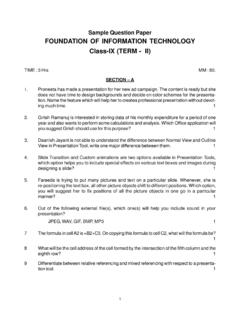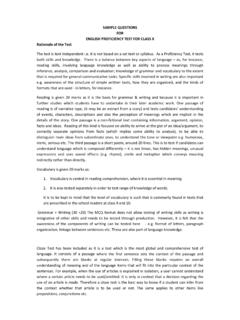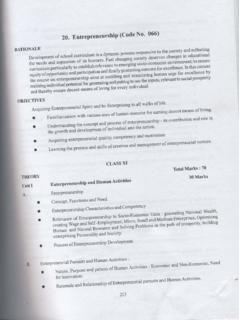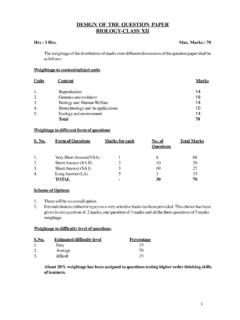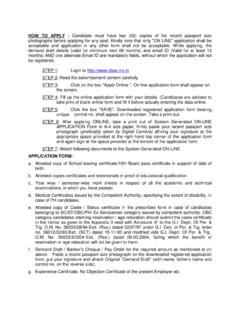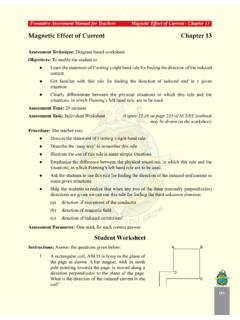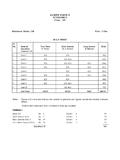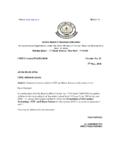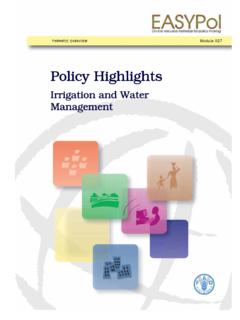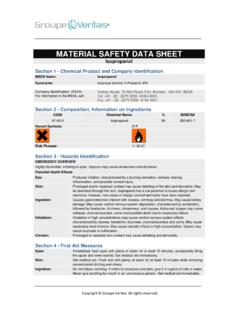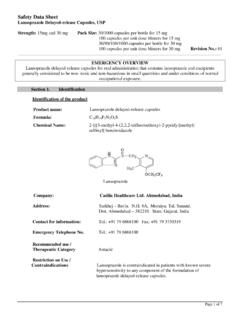Transcription of A Stride Ahead - Central Board of Secondary …
1 To g e t h e r To w a r d s a Safer india Part-III. A Stride Ahead A textbook on Disaster Management for Class X. Central Board OF Secondary EDUCATION. PREET VIHAR, DELHI - 110092. Together Towards a Safer india Part III. A Stride Ahead A Textbook on Disaster Management for Class X. Central Board OF Secondary EDUCATION. PREET VIHAR, DELHI - 110092. TOGETHER, TOWARDS, A SAFER india PART-III. A textbook on disaster management for class X. FIRST EDITION 2005 CBSE, DELHI. REVISED EDITION 2006. Acknowledgements CBSE Advisors: z Shri Ashok Ganguly, Chairman, CBSE. z Shri G. Balasubramanian, Director (Academic), CBSE. Editors: z Shri Singh Joint Secretary, Ministry of Home Affairs, Govt. of india z Shri Saroj Jha, Director (Disaster Management), Ministry of Home Affairs, Govt.
2 Of india . Authors: z Prof Arya, Shri Ankush Agarwal and Shri Arvind Nagaraju z Shri Anup Karanth z Dr. Kamla Menon and Ms. A. Venkatachalam z Ms. Balaka Dey z Shri Hemang Karelia z Ms. Malini Narayanan Coordinator: z Ms. Sugandh Sharma, Education Officer, CBSE. Price: Published By: The Secretary, Central Board of Secondary Education, Shiksha Kendra', 2, Community Centre, Preet Vihar, Delhi-110 092. Design, Layout & Illustration By: Spectrum Media, 3721/5, IInd Floor, New Delhi-110 002. Phone : 011-23272562. Printed By: Contents Foreword For Students Chapter 1 Introduction 1. Chapter 2 Tsunami The killer sea waves 7. Chapter 3 Survival Skills 13. Chapter 4 Alternative Communication Systems ..during disasters 28. Chapter 5 Safe Construction Practices 33. Chapter 6 Sharing Responsibilities 45.
3 Chapter 7 Planning Ahead 52. (iii). Foreword The recent massive earthquake of magnitude , which hit Indonesia (off the West Coast of Northern Sumatra) on 26th December at 06:28 hrs, was the biggest in 40 years which has triggered the deadly tsunami waves in Southeast Asia and coastal india . Another earthquake of magnitude occurred 81 kms West of Pulo Kunji (Great Nicobar) at 9:51:26 AM (IST). Dozens of buildings were destroyed in the initial quake before a huge wall of water, up to 10m high in places, hit the Indian coast. More than 10,000 people died after huge waves swept away south Indian states. Not long before, on 16th July, 2004 93 innocent lives were lost in the Kumbhakonam fire tragedy in Tamilnadu. Looking at the vulnerability of the country to various hazards like the floods, cyclones and drought which can be predicted to the more sudden disasters like earthquakes, landslides and various manmade disasters which cannot be predicted and are very frequent in the present day world, it is time for us to have an insight into these hazards and get ourselves prepared.
4 Class VIII and the class IX books on Disaster Management Together towards a safer india . part I and part II discuss various precautionary measures that one needs to take to get oneself prepared from various hazards prevalent in our country. They also focus on various structural and non-structural measures that we need to take to combat such disasters. The class X textbook on Disaster Management aims at having a practical understanding of managing disasters. The aftermath of the tragic Tsunami has prompted the Board to incorporate a chapter on Tsunami which contains useful information on causes and the preparedness measures to be taken up to combat the killer waves. Certain material for the enrichment and extension of student learning has been given as boxes items.
5 We request teachers to make it a part of the teaching learning process. Chapter 1 and Chapter 7 of this book are non-evaluative though their study is important to have a better understanding of Disaster Management. I hope this book will help all the students who are the future citizens, volunteers and also disaster managers to be able to cope up with disasters and be better disaster managers and save many precious lives. I would like to thank Ministry of Home Affairs for their support and guidance in the preparation of the course materials and helping the Board in carrying out orientation programmes in various parts of the country. My sincere thanks to the UNDP Team which has tirelessly put all their efforts in every endeavor, without whose support the initiative would have been difficult to continue.
6 Above all, I. express my gratitude to the teachers across the country who have taken all the pains to introduce this subject in their schools, not only as a subject but as a necessary life skill as well. Many of the schools have gone beyond the premises of their schools and have taken pains to generate awareness among parents and also the community. Last but not the least, I express my appreciation and thanks to Shri. G. Balasubramanian (Director, Academics) and his team who have taken a great interest in developing this book and also making the schools a safer place. Ashok Ganguly Chairman, CBSE. (iv). (v). (vi). For the Students . Your experiences on Disaster Management in Classes VIII and IX must have helped you by now to have a better understanding of various hazards, their causes and impact and knowing the mitigation strategies for reducing the impact.
7 At this juncture of your life, CBSE intends to groom the students who are the future Disaster Managers', to have a better know how on handling disasters. The book begins with a special section on tsunami detailing what these are and what possible steps can be taken to protect ourselves from their impact. This book tries to give hands on experience to the student on various survival skills, which would save many precious lives in an emergency. It also discusses various alternative communication systems, which can be made use of when existing communication systems fail during a disaster situation. A safe home is a secure home. Therefore, it is necessary to follow safe construction practices and strengthen our existing buildings as explained in the fifth chapter. We would like to assure you that you are not alone in your Stride towards making the community safer.
8 The sixth chapter of the book outlines many Government and non-government bodies which play a major role in managing disasters and help you in sharing your responsibilities. Knowing them better will help you in taking their assistance at the time of need. So, it is right time to plan for the safety of the people who matter for you the most. Chapter seven discusses about some of the steps involved in the planning process. As we all know now, disasters bring along with them heavy loss to life, property and livelihood. So, it is time to make disaster management a way of life and an essential life skill. Let's be prepared for the safety of our near and dear ones than to be a victim of it and repent later. (vii). 1. you remember Do you know that any of these disasters could hit your area at any time, with or without any warning?
9 People have been living with risk ever since they first joined efforts, shared resources and assumed responsibilities in social groups. Social development and human well being have advanced only because people have taken risk. Time and again, we see the terrible toll that natural disasters inflict on vulnerable communities around the world. Over the recent decades there has been an alarming increase in the occurrence of natural disasters and the magnitude of their social, economic and environmental impacts. This extensive damage to lives, property and livelihood of the affected communities has turned back the development clock of the areas by decades. But are we apathetic towards disasters? The answer is No'. The recent Kumbakonam fire tragedy in Tamilnadu that killed 93 innocent lives has made us all think about our lives which is precious.
10 The recurring floods in Assam and Bihar, frequent drought in Rajasthan and Gujarat and the 2001 earthquake in Gujarat have disrupted the normal life of people across the country. Disasters are as old as human history. They have been mostly dealt with from a purely humanitarian angle, while natural hazards such as cyclones; floods, 1. droughts and earthquakes have been analyzed technically and scientifically within scientific disciplines. Disasters can no longer be seen as acts of God' or acts of nature' over which we have little control nor can we leave disasters to be understood by natural scientists. It is high time that we as responsible future citizens of our country think of it and get ourselves prepared for a safer tomorrow. Knowing about risk that lead to disasters, understanding how they affect our livelihoods and environment and dedicating collective efforts to manage those conditions.
